Did you know that pollinators like bees, butterflies, and birds play a vital role in our ecosystems and food supply? These tiny creatures are responsible for pollinating over 75% of the world’s food crops, contributing to approximately $350 billion in global agricultural revenue annually. However, pollinators are facing significant threats due to habitat loss, climate change, and pesticide use, making it more crucial than ever to create pollinator-friendly spaces. This guide will explore everything you need to know about planting pollinator-friendly crops, from selecting the right plants to designing a bee-friendly garden that supports these essential pollinators.
Key Takeaways
- Plant sunflowers, squash, tomatoes, marigolds, calendula, cosmos, zinnias, sweet peas, corn, pumpkins, radishes, carrots, and others to attract pollinators to your bee-friendly garden.
- Incorporate self-pollinating crops like tomatoes, peppers, green beans, cucumbers, squash, pumpkins, broccoli, and cauliflower to reduce reliance on external pollinators.
- Understand that bees and pollinators are crucial for pollinating crops such as apples, bananas, blueberries, strawberries, melons, peaches, potatoes, vanilla, almonds, coffee, chocolate, oranges, avocados, onions, sunflowers, cucumbers, squash, peppers, walnuts, and pecans, which contribute significantly to global food production.
Best Plants for a Pollinator Garden
Creating a pollinator-friendly garden involves selecting plants that provide nectar, pollen, and shelter for bees, butterflies, birds, and other pollinators. Here are some of the best plants to consider:
- Native Plants
- Lavender
- Borage
- Milkweed
- Sunflowers
- Coneflowers (Echinacea)
- Yarrow
- Wild Strawberries
- Goldenrod
- Non-Native Options
- Butterfly Bushes
- Daylilies
- Verbena
- Petunias
When planting, aim for a mix of annuals, perennials, and shrubs to ensure a continuous supply of food and shelter throughout the growing season. Consider planting in full sun to partial shade and provide regular watering to support pollinators during dry periods.
When to Start Planting a Pollinator Garden
Starting a pollinator garden involves understanding the best times to plant based on your location, soil conditions, and the specific plants you choose. Here’s a breakdown of the optimal planting times:
Spring Planting Tips
- Cool-Season Crops : Plant vegetables like spinach, lettuce, and radishes in early spring. These crops thrive in cooler temperatures and can be harvested before the heat of summer sets in.
- Perennials and Herbs : Spring is an excellent time to plant perennials, herbs, and native plants. These varieties are well-suited to many regions and provide long-term benefits for pollinators.
Fall Planting Tips
- Warm-Season Crops : Fall is ideal for planting warm-season crops such as tomatoes, peppers, and eggplants. The cooler weather allows these plants to establish themselves without stress from excessive heat.
- Native Plants : Many native plants thrive when planted in the fall, as they have adapted to local conditions and can survive through winter.
Regional Considerations
- Climate : Adjust planting times based on your local climate. In areas with mild winters, planting can extend into late winter or early spring. In colder regions, wait until the ground has thawed sufficiently to ensure successful germination.
- Water Availability : Ensure adequate water supply, especially during the initial growing period. Early spring planting may be beneficial in arid climates to take advantage of available moisture before the dry season begins.
Additional Tips
- Soil Preparation : Plan ahead by preparing the soil in fall or early winter. Incorporate organic matter like compost or manure to enrich the soil, allowing it to break down over winter months.
- Protect Tender Plants : Use cold frames or cloches to protect young plants from frost heave in late winter.
By considering these factors and tailoring your approach to your specific region and gardening goals, you can create a pollinator garden that thrives throughout the year.
How to Layout a Pollinator Garden
To create an effective pollinator garden, follow these steps for optimal design and functionality:
1. Choose the Right Location
- Select a sunny spot with at least six hours of sunlight daily.
- Ensure the soil is well-draining and rich in organic matter like compost or aged manure.
- Avoid areas prone to waterlogging to prevent root rot and fungal diseases.
2. Plan the Layout
- Consider a 3x3x3 vertical gardening system for a structured approach, allowing for diverse plant heights and blooming times.
- Position taller plants in the center layer to create a visual focal point and provide shade for shorter plants.
- If planting along a wall or fence, place taller varieties at the back to prevent overcrowding and provide a layered effect.
3. Select Plants Strategically
- Choose native plants suited to your region’s climate and soil conditions.
- Incorporate a variety of flower shapes, sizes, and colors to attract different pollinators.
- Include plants with extended blooming periods, such as milkweed for monarch butterflies or sunflowers for goldfinches.
- Add shrubs and trees like butterfly bushes or elderberries for seasonal nectar sources and habitat.
4. Watering and Maintenance
- Establish a consistent watering schedule, avoiding overwatering to prevent root damage.
- Mulch around plants to retain moisture and suppress weeds.
- Fertilize with a slow-release fertilizer at planting time and again during peak growth seasons.
5. Promote Biodiversity
- Plant a mix of annuals and perennials to ensure continuous nectar availability throughout the year.
- Introduce nesting areas for pollinators by incorporating deadwood piles or hollow stems.
- Install bird feeders or birdbaths to encourage birds to visit and spread pollen.
6. Regular Maintenance
- Weed regularly to maintain airflow and light penetration among plants.
- Prune dead branches and spent flowers to promote new growth and extend blooming periods.
- Monitor for pests and diseases, treating organically with insecticidal soap or neem oil.
7. Educate and Engage
- Install informational signs explaining the importance of pollinators and how to support them.
- Share knowledge with neighbors to inspire community pollinator habitats.
By following these guidelines, you can create a thriving pollinator garden that supports local wildlife and contributes to ecological health.
Best Vegetables for Pollinators
The best vegetables for pollinators include a variety of flowering plants and crops that provide essential nutrients and shelter for bees, butterflies, birds, and other pollinating creatures. These plants not only attract pollinators but also support biodiversity and ecosystem health.
- Sunflowers – Known for their vibrant petals and oil-rich seeds, sunflowers are a favorite among pollinators. Their tall stems and large flower heads create a welcoming environment for bees, butterflies, and other insects.
- Squash – With its bright yellow flowers and dense plant structure, squash is highly attractive to pollinators. It also produces seed pods that provide valuable food sources.
- Tomatoes – Tomatoes are not only a gardener’s delight but also a haven for pollinators. Their red, purple, and white flowers attract a variety of pollinating species, and the fruit-bearing plants encourage repeat visits.
- Marigolds – These golden-yellow flowers are not only decorative but also known for attracting pollinators. They are often used in companion planting to support beneficial insects.
- Calendula – A member of the sunflower family, calendula has bright petals that draw in pollinators. Its daisy-like blooms are both beautiful and functional for pollination.
- Cosmos – Cosmos are popular annuals that produce large, colorful flowers. They are easy to grow and provide consistent nectar and pollen for pollinators throughout the growing season.
- Zinnias – Zinnias come in a wide array of colors and shapes, making them a great choice for pollinator-attracting gardens. Their long-lasting blooms provide sustained nectar access.
- Sweet Peas – Sweet peas are climbing plants with delicate flowers that attract pollinators. They also produce edible pods that can be left for wildlife or harvested for human enjoyment.
- Corn – While primarily grown for its kernels, corn also has tall, branched structures that provide shelter and nesting sites for pollinators. Its tassels produce pollen that is vital for many species.
- Pumpkin – Pumpkins are fast-growing and produce large, open flowers that are easily accessible to pollinators. Their vines also provide climbing structures that can support other plants.
- Radishes – Radishes have bright red, yellow, and white flowers that attract pollinators. Their quick growth rate makes them ideal for pollinator-friendly gardens.
- Carrots – Carrots may not have showy flowers, but their root structures provide shelter for soil-dwelling pollinators like ground beetles and earthworms. Their seedlings also attract pollinators early in the growing season.
By incorporating these vegetables into your garden, you can create a thriving habitat for pollinators while enjoying fresh produce. Remember to allow plants to go to seed and provide water sources to further support pollinator health. For more tips on creating a pollinator-friendly garden, visit our Pollinator-Friendly Plants section and explore our Gardening Guides .
Self-Pollinating Garden Vegetables
- Tomatoes: Tomatoes are self-pollinating plants. They have both stamens and a pistil within the same flower, allowing them to fertilize themselves.
- Peppers: Both sweet and hot peppers are self-pollinating. Their flowers have the necessary structures for successful self-fertilization.
- Green Beans: Green beans are self-pollinating. Their flowers are designed to enable pollen transfer from the stamen to the stigma within the same plant.
- Cucumbers: Cucumbers, along with squash and other members of the Cucurbitaceae family, are self-pollinating. These plants can effectively fertilize themselves.
- Squash (Including Zucchini): Squash varieties like zucchini are self-pollinating. They do not require external pollinators for successful reproduction.
- Pumpkins: Pumpkins are also self-pollinating, fitting the pattern of their Cucurbitaceae relatives.
- Broccoli and Cauliflower: While not exclusively self-pollinating, broccoli and cauliflower can reproduce through self-pollination, particularly within their species.
- Carrots and Beets: Carrots and beets do not require pollination as they do not produce flowers during their growth cycle.
What Crops Do Bees Pollinate the Most?
- Apples
- Bananas
- Blueberries
- Strawberries
- Melon
- Peaches
- Potatoes
- Vanilla
- Almonds
- Coffee
- Chocolate
- Oranges
- Avocados
- Onions
- Sunflowers
- Cucumbers
- Squash
- Peppers
- Walnuts
- Pecans
Bees play a vital role in pollinating many of the world’s most essential crops, contributing significantly to global food production and biodiversity.
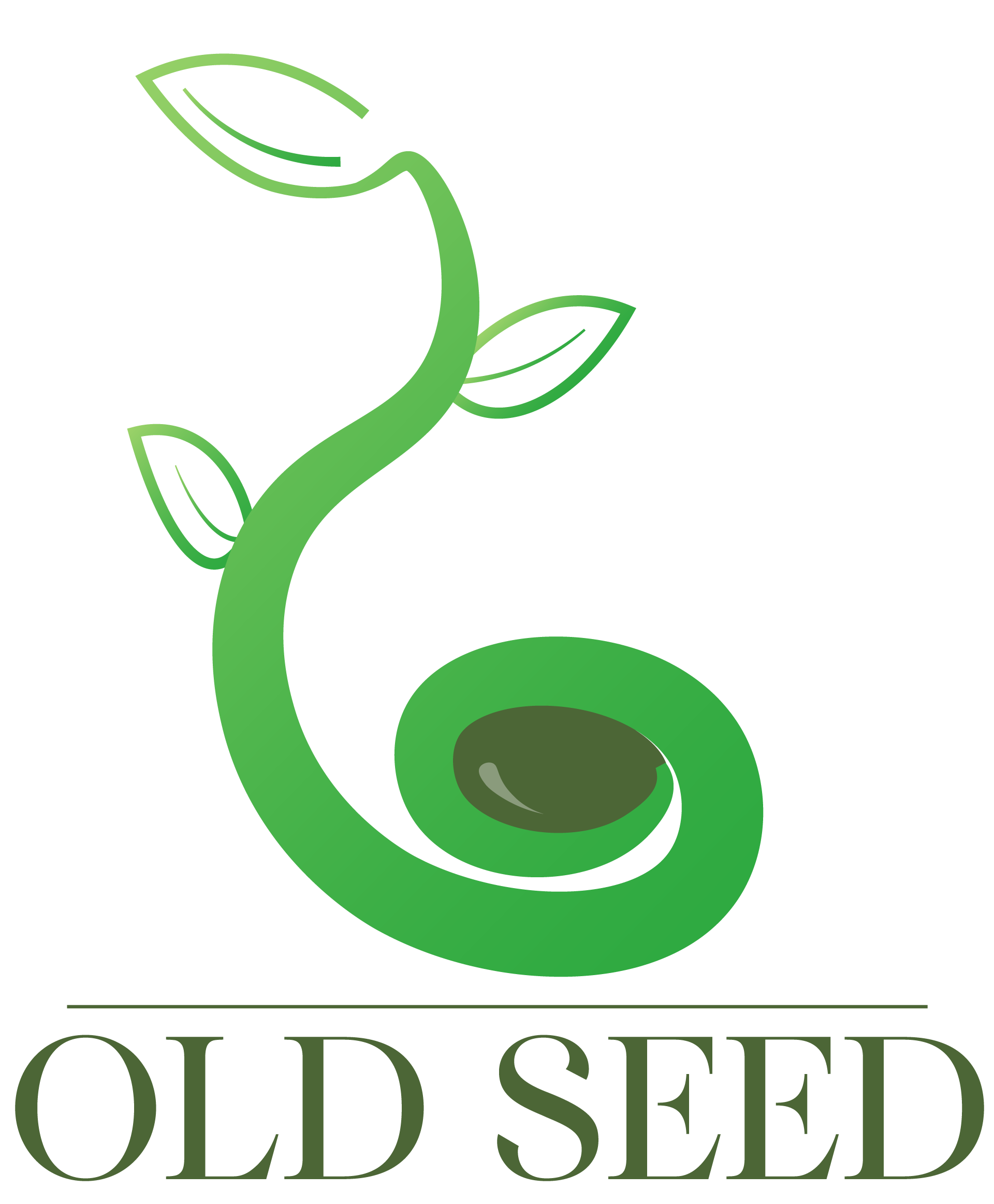
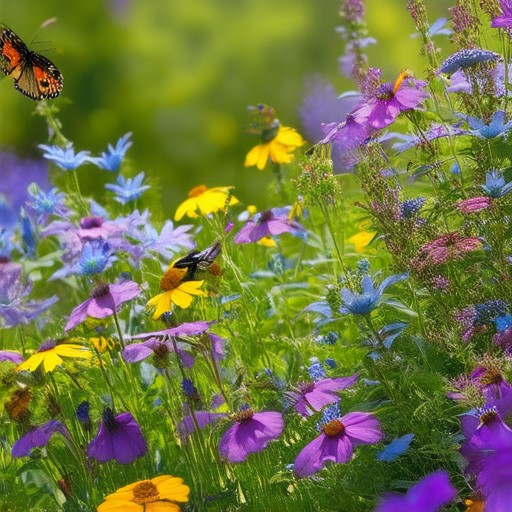
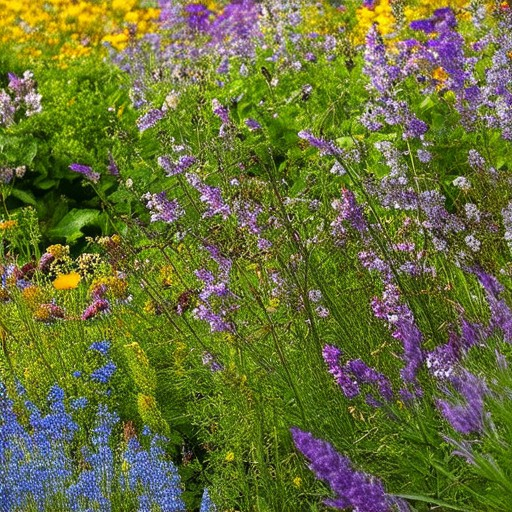
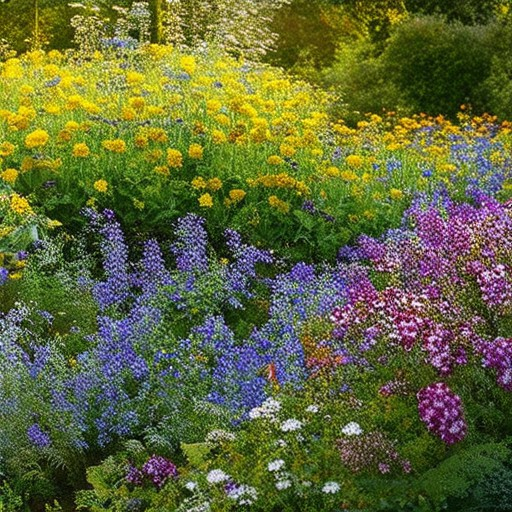
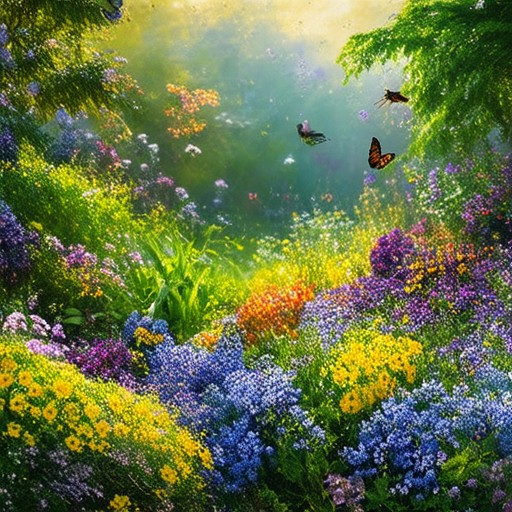
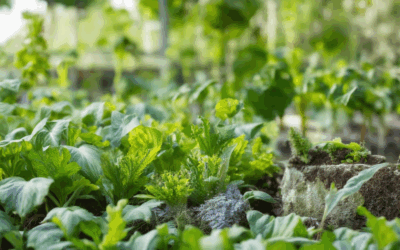
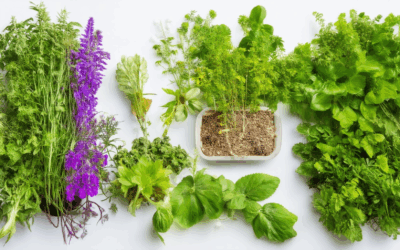
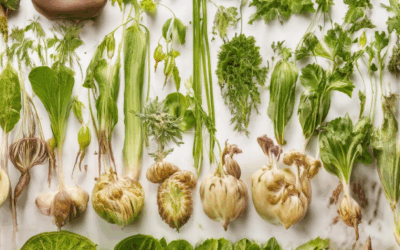
0 Comments